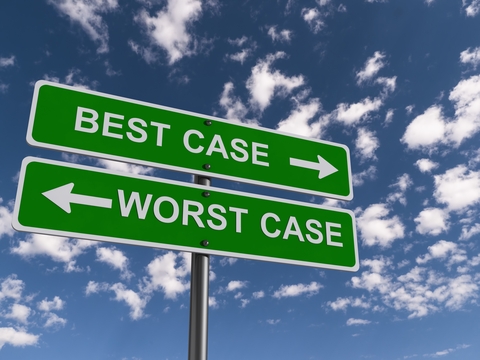
What’s the worst mistake you can make when developing a medical device?
How many have you made?
We posed the question, “What’s the worst mistake you can make when developing a medical device?” to our team of engineering, design, quality, regulatory and manufacturing experts. The answers were fast and furious (well, filled with enthusiasm) and in no particular order of importance, May you read and learn from our mistakes, a few from friends, and folks we consider family…
Design the wrong product. If the market isn’t big enough, there’s no real financial path to market. Generally, this is the result of focusing on the technology, but not all the other important questions. Or not conducting market research. We had a client who realized fairly far into the project that they were developing something which had no market demand.
Designing a piece of technology or a device, rather than a product. The most amazing technology in the world will languish without a market; think about the impact of your medical device on the workflow of the technicians, physicians and patients who will use it, and on the income stream of the medical practices into which it will be integrated. In most cases, if your device results in a loss of income stream for medical practices, without some concrete offsetting gain, then it simply won’t make business sense for practices to adopt it.
Ignore reimbursement strategy. It is an awesome product, but nobody has money to pay for it.
Ignore regulatory strategies. It can be an awesome product, but you can’t get it cleared. Don’t have a proposed intended use and indication for use because these things drive your design and the regulations that apply to it. Often we ask prospective clients about intended use and indications for a device, they reply, “We don’t need that. We’re not submitting anything now.” However, the indication essentially dictates the design. You’re not documenting your design as you travel forward, you are designing your intentions as you move forward.
These mistakes are really about not looking at the big picture. They reflect confusing design input with the things you don’t have to do until later, like risk analysis.
Risk is a good thing to think about. If you’re not really focused on the key risks, you can get misaligned. You might tell investors a device is at the beta manufacturing transfer stage, with just a couple of minor technical things to solve. But, actually you should never be at beta if there are a couple of technology issues to solve. That may result in investors killing a project and diluting all your equity.
On a related note, if you can’t drive to an early high valuation, then you’re going to dilute way, way, way too much. We see people who try to be very comprehensive very early, but not in ways that investors will recognize. Often there’s just not enough wind left by the time they get to the heavy lifting part of their program. Some of that may be due to a risk that’s identified later on in a project that changes a major requirement, that derails where you are or ineffectively communicates requirements upfront.
Lack of focus. Trying to build multiple devices at once is a bad mistake, especially if you don’t have tons of funding. To make one product for five different applications is not cost effective or helpful during funding if it costs five times as much as building the product for a single application.
Not understanding the scope of the undertaking. This is a big problem when companies get a certain distance down the road, usually making commitments to other people, and then get stuck out of time and money and friends. Often people make very specific (and impossible) promises to early investors about timing of revenues, profits, and when investors will see a return on investment. Unfortunately, we have to be the bad guys that lay out the real narrative.
Ignore non-medical device regulations like chemical regulations or other types of regulations that prevent you from marketing certain products or doing certain things. Don’t skip them because they’re not medical, they still apply to a medical device.
Not testing in all the different ways – clinical, performance, people, markets, human factors, etc. Or not expecting to have to change a lot of what you’ve done in response to testing, and then testing again. You need to include at least a couple of testing cycles in your planning. Every novice plan says, “First we do this and we test it, and it’s perfect. Then we go to the next thing, we test it and it’s perfect.”
Picturing the final product too early, and imagining the next iteration is the final product causes lots of problems. Instead, you should be doing a series of focused experiments to tackle big risks. Pushing significant testing results further while burning cash on stuff that’s actually super risky or not important is really just trying to move forward without actually moving the concept.
Committing too early to production tooling.
In other words, focus, stay big picture, and don’t build the wrong product. What mistakes did we miss? We’d love to hear from readers. Worried your product might be on the wrong path? Contact us for a free, 30 minute consultation.
Astero StarFish is the attributed author of StarFish Medical team blogs. We value teamwork and collaborate on all of our medical device development projects.
Photo 208516281 © adonis1969 | Dreamstime.com